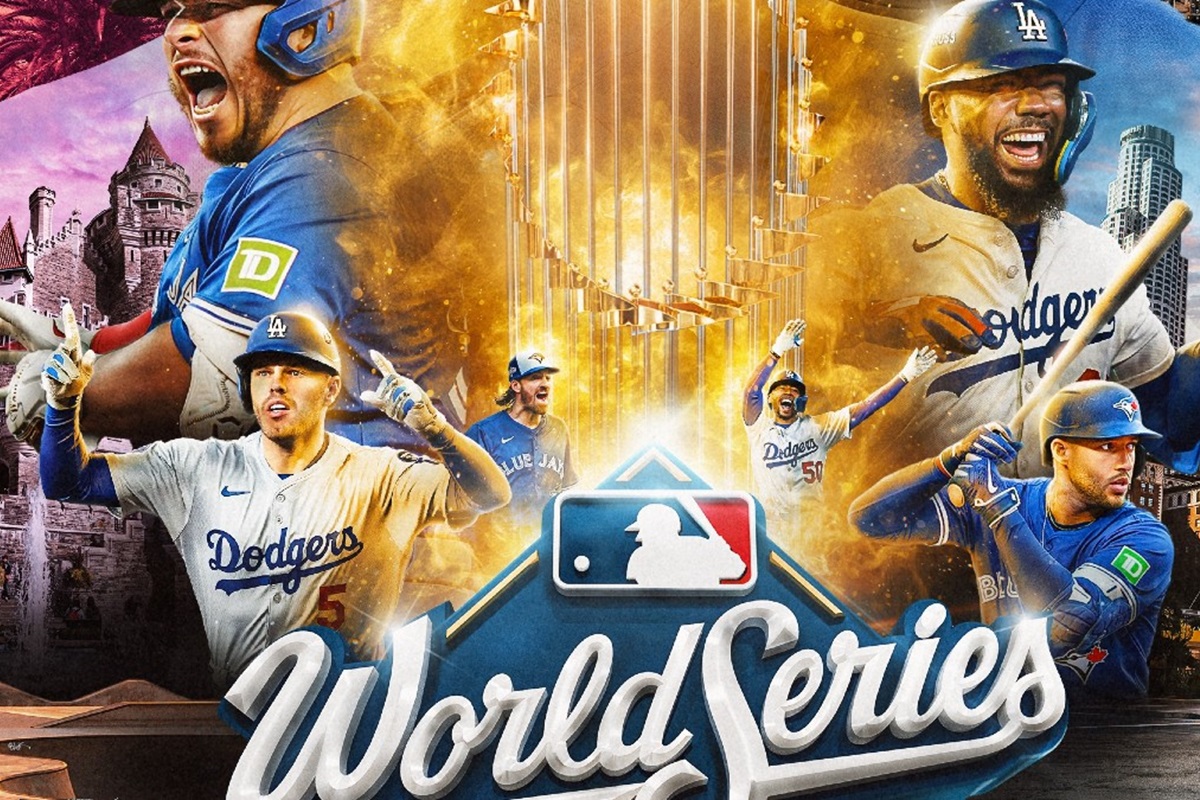When “Gasolina” roared out of the island and into every dance floor with a sound like chrome and sweat, it didn’t just chart—it changed the rules. Brands lined up, Billboard rewired its categories, and the genre’s underground voltage hit the mainstream grid. That success also lit the fuse on a debate that refuses to die: Did the climb sand off the genre’s teeth, or did the edge simply mutate for a bigger stage?
The Original Blueprint: Joy, Grit, and a Drum Pattern That Wouldn’t Quit
The golden era—roughly 2002 to 2006—wasn’t tidy. It was glorious precisely because it wasn’t. Party anthems and political barbs crashed into each other. Afro-diasporic pride stood shoulder to shoulder with the dance floor’s shameless hedonism. And in the middle of it all, dembow: an elastic tresillo (3+3+2) riding a four-on-the-floor pulse that made bodies answer before brains could argue.
Dembow’s Passport Stamps
The beat doesn’t belong to one flag. It traces back to Jamaica, jumped to Panama’s reggae en español, and was re-forged in Puerto Rico by DJs who sampled, looped, and brutalized drum machines until a new grammar emerged. Producers like DJ Playero and DJ Nelson didn’t just copy a riddim; they re-engineered it for a new reality.
The Four Archetypes
Every wave needs standard-bearers. Daddy Yankee was the tactician who proved reggaeton could conquer arenas without betraying itself; Barrio Fino sold in the millions and still made room for social themes and genre fusion. Tego Calderón blew through polite respectability with Afro-Boricua pride and bomba/plena DNA. Don Omar spoke caserío truths with the steel of malianteo. And Ivy Queen flipped the script with a consent manifesto that changed how perreo is understood. That foursome didn’t agree on everything; they didn’t need to. Together they mapped the horizon.
A Double Helix of Themes
What made the early records sting was their duality. One song was pure Saturday night; the next stared straight at racism, poverty, or colonial hangovers. It was a genre in which the club and the barrio were neighbors, and neither apologized for showing up in the other’s living room.
How the World Learned the Pulse: Three Phases of Conquest
Reggaeton didn’t “cross over” once. It crossed over three times, each wave sand-blasting a different edge.
Phase 1: The Hip-Hop Bridge
Fresh off the “Gasolina” shockwave, the playbook was simple: pair island stars with U.S. rap heavyweights. Remixes with Snoop and G-Unit, N.O.R.E.’s bilingual rallying cries—suddenly the dembow showed up inside America’s “urban” format and refused to leave.
Phase 2: Medellín’s Pop-Urbano Glow
Then came the shift. Medellín’s ateliers traded blunt-force sonics for sheen and melody. J Balvin and Maluma turned down the grit and dialed up romance, fashion, and hooks you could hum in a dentist’s chair. For some, it was smart strategy; for purists, the edge felt padded.
Phase 3: “Despacito” and the Algorithm
“Despacito” wasn’t sneaking into pop; it built the house. After that, the beat became default global pop hardware. Streaming platforms and TikTok cracked the last doors, catapulting Spanish-language acts without English concessions and giving the genre its most unlikely overlord: Bad Bunny.
The Backlash: Has the Knife Gone Dull?
With ubiquity came criticism. The complaint list is familiar but not trivial.
When hits need to work in taxis from Seoul to Miami, edges get rounded. Beats went moodier and mid-tempo, lyrics drifted to universal love/luxury, and a smoother palette took over radio. At the same time, critics flagged blanqueamiento: the erasure of a Black, working-class lineage in favor of lighter-skinned stars and frictionless narratives. The charge is that the market took the groove but left the origin story in the shadows.
The early criminalization and controversy in Puerto Rico were proof of threat; now, the safest songs win the biggest brand deals. When the setlist leans heavily toward romance and aspirational flexes, street reportage and structural critique can end up outside the velvet rope.
The Rebuttal: The Edge Didn’t Die—It Learned New Tricks
There’s another reading. The edge didn’t vanish; it shapeshifted.
Bad Bunny, Pop Star as Agitator
Benito plays the streaming game better than anyone and then uses the scoreboard to talk about power. “El Apagón” turns into a mini-doc on privatized grids, rolling blackouts, and gentrification—hard reporting smuggled inside a festival-size anthem. Elsewhere he paints his nails, throws on skirts, steps into drag for “Yo Perreo Sola,” and puts queer and feminist solidarity on broadcast TV. That’s not edge lost; that’s edge updated for a world stage.
The Feminist Mainstream Isn’t a Sideshow
Ivy Queen was a singular force; now there’s a cohort. Karol G’s “Bichota” persona recodes swagger as female self-possession, while Becky G and Natti Natasha push narratives where desire and control aren’t contradictions. The center of gravity moved; the mic didn’t change hands quietly.
The Underground Keeps Inventing New Rooms
Meanwhile, the laboratory is busy. Neoperreo—queer, DIY, internet-native—splices dembow with hyperpop, techno, and darker club textures, building spaces where the misfits write the rules. Cross-pollinations bloom: reggaetón mexa folds banda and norteño into the grid; club producers weld house and experimental bass onto the chassis. If the charts homogenize, the fringes diversify.
A Split-Screen Revolution
So, did reggaeton lose its teeth? On the radio dial, sometimes yes: the playlist leans glossy, the themes universal, the risk minimal. But the story doesn’t end at the top of the charts. The genre now runs on two tracks: a pop lingua franca that sells the sound to the planet, and a live wire that still shocks—through activism from the very top and relentless experimentation below. The revolution didn’t cancel itself when it got televised. It cracked into pieces, each still moving to that same impossible rhythm. And that, ironically, might be the sharpest edge of all.
Photo of Bad Bunny in the portrait taken from Deadline







